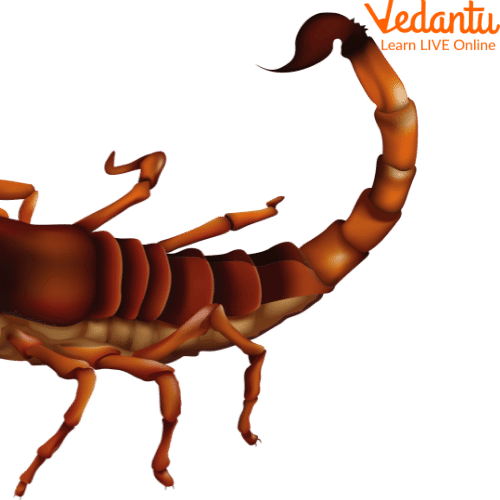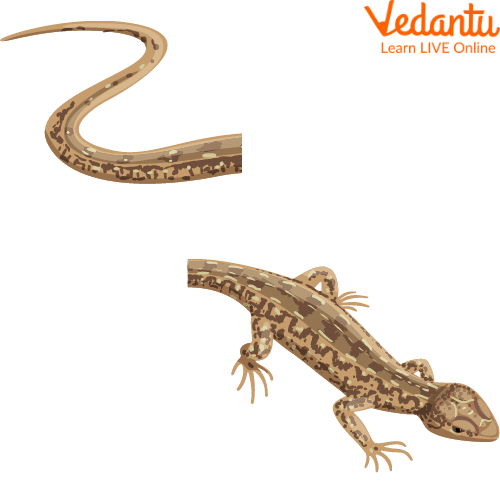




An Introduction to Tails and Their Importance
Do you have a tail? Well! A human being does not have a tail. But what is a tail? Who has a tail? You must have seen several animals with a tail, haven’t you?

A Squirrel’s Tail
You are thinking in quite the right direction. Yes, monkeys have tails, cats have tails, and dogs have tails, which is a body part of theirs that extends from the back of their body. In most animals, their tails are the extensions of their backbone. Now you may wonder if we have a backbone too but do not have a tail. This is due to the course of evolution humans have gone through. Our tails are reduced to none. Interesting, right? Let's learn more about the tails.
What Is a Tail?
A tail is a body part at the back end of an animal's body. Most animals have tails, like cats, dogs, whales, monkeys, and dinosaurs too. Humans no longer have tails as they have undergone several processes of evolution.
Functions of a Tail
The tails of most animals are important to them for various functions. Tails can be used for movement. Like most of you must have seen in cartoons, a monkey swinging and hanging through and on the trees, a monkey uses its tail and grabs branches from it to maintain balance.
A squirrel also uses its tail to balance and steer as it leaps through the air. The tip of a mole’s tail is very sensitive and is used to detect sensations around it that help it to move through tunnels in any direction and even in no-light conditions quickly. The tails of lobsters, fish, and whales help them swim through the water current rejecting the water resistance and helping them move forward.
Some animals may also use their strong tails as their personalised weapons and save themselves from danger. For example, crocodiles and alligators swing their strong, sturdy, big, and heavy tails at their enemies and draw them away. A porcupine uses the sharp needles present at the end of its tail as a defence mechanism. A scorpion stings enemies or prey with its tail that has specialised poison cells used as a defence.

A Scorpion Tail
Many animals use their tails as a communication device to interact with other animals. For instance, rattlesnakes jiggle their tails and make a characteristic sound to warn any animal or human around them that can make it feel threatened.
Facts about Tails
Some lizards can detach their tails when they feel threatened to avoid dangerous situations and can also grow them back due to the ability of regeneration.
Birds have tails covered with feathers that help them steer through the air while flying.
Dogs and cats use their tails to mark their territories and spread out their scents.

Detached Tail of a Lizard
Summary
There are several variations to an animal tail and can be used for varied purposes. They can be used for defence, balance, communication mechanisms, and much more. However, one thing that we learn from these uses is that to animals tails are both important and necessary to live and are dependent on their tails for day-to-day activities. We have learnt a few examples of how animals such as lizards, scorpions, rattle snakes, birds, dogs, etc. use their tails to defend, communicate, mark territory and travel in an appropriate manner.
FAQs on What Is a Tail? Facts about Tails for Kids
1. Why don't humans have tails?
According to scientists and researchers, humans used to have tails about 2000 yrs ago which means that our ancestors used to have tails. As of now, many primates like monkeys and lemurs have tails but we humans have lost them during the course of evolution. Just like humans, even our modern and closest ancestor line chimpanzees have also lost their tails during evolution. The loss of tails in humans is thought to be part of evolution due to bipedal motion but no exact reason for this loss is known.
2. Do humans still have a tailbone?
As we know that even our great great grandparents did not have tails but humans still have the remnant of the tail bone in their skeletal system although it is of no use to us now. However, it is still intact and forms the last bone of the vertebral column known as coccyx that is formed by fusion of 4 bones that were earlier active and formed tails. But as humans started with bipedal locomotion, the tail was of no use and was reduced or lost during evolution.
3. Which animal has the longest tail?
The longest tail among terrestrial mammals is that of the giraffe, which is about 8 feet long. Blue whales, on the other hand, have the longest tails of any animal, with a maximum length of 25 feet.









